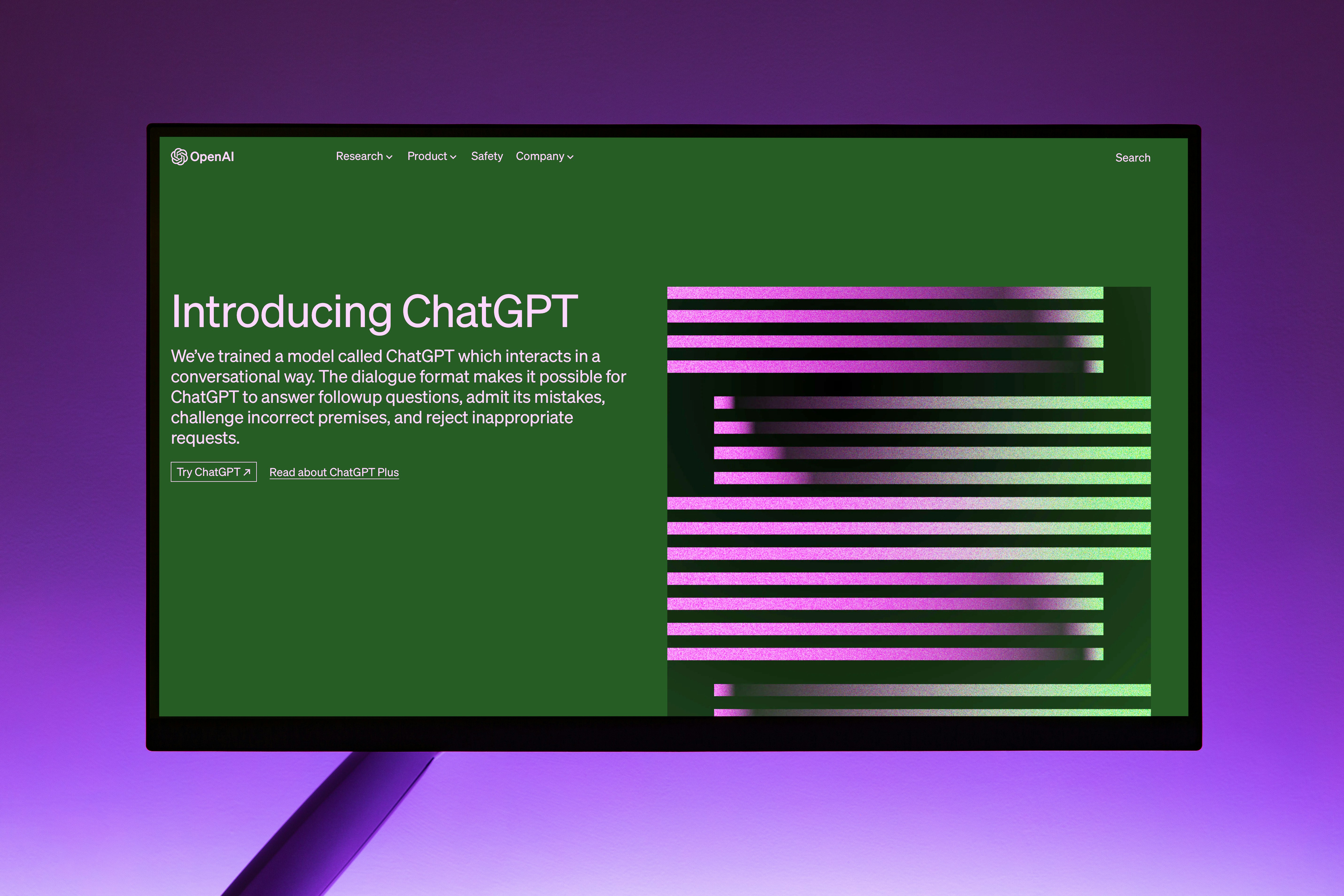 Photo by thom masat on Unsplash
Photo by thom masat on Unsplash Custom GPTs, or Generative Pre-trained Transformers, have been making waves in the field of natural language processing. These powerful language models have the ability to generate human-like text, making them invaluable tools for various applications such as chatbots, content creation, and language translation.
But what exactly are custom GPTs and how do they differ from their pre-trained counterparts? Custom GPTs are fine-tuned versions of the original models, trained on specific datasets to specialize in certain domains or tasks. This fine-tuning process allows the models to generate more accurate and relevant text for specific use cases.
Why Use Custom GPTs?
One of the main advantages of using custom GPTs is their ability to understand and generate text in a specific context. By training the models on domain-specific data, they can generate text that is tailored to the needs of a particular industry or niche. This level of customization ensures that the generated content is accurate, relevant, and aligns with the specific requirements of the user.
Custom GPTs also offer improved control over the generated text. With fine-tuning, developers can guide the models to generate text that adheres to certain guidelines or follows specific styles. This level of control is particularly useful for applications such as content creation, where maintaining a consistent tone and style is crucial.
The Process of Creating Custom GPTs
Creating custom GPTs involves several steps. First, a base pre-trained GPT model is selected, such as OpenAI’s GPT-3. This base model has already been trained on a vast amount of general text data and possesses a good understanding of language. However, it lacks domain-specific knowledge.
Next, the selected base model is fine-tuned using domain-specific data. This data can be sourced from various places, such as existing datasets or user-generated content. The fine-tuning process involves training the model on the specific data, allowing it to learn the nuances and intricacies of the domain.
Once the fine-tuning is complete, the custom GPT is ready to be deployed. Developers can integrate the model into their applications or systems, allowing users to generate text that is specific to their needs.
Applications of Custom GPTs
The applications of custom GPTs are vast and diverse. One of the most common uses is in chatbots and virtual assistants. By using custom GPTs, developers can create chatbots that can understand and generate text in a specific context, providing more accurate and relevant responses to user queries.
Content creation is another area where custom GPTs shine. Whether it’s generating product descriptions, blog posts, or social media captions, custom GPTs can produce high-quality content that aligns with the brand’s style and tone.
Language translation is yet another application where custom GPTs can excel. By fine-tuning the models on multilingual datasets, developers can create translation systems that generate accurate and contextually appropriate translations.
Conclusion
Custom GPTs offer a new level of customization and control in the world of natural language processing. By fine-tuning pre-trained models, developers can create powerful tools that generate text specific to a domain or task. The applications of custom GPTs are wide-ranging, from chatbots to content creation and language translation. With the ability to generate accurate, relevant, and contextually appropriate text, custom GPTs are revolutionizing the way we interact with language.
RELATED POSTS
View all


